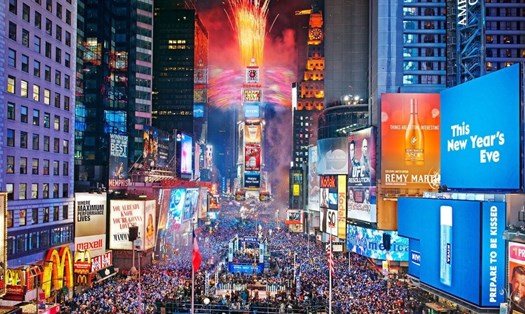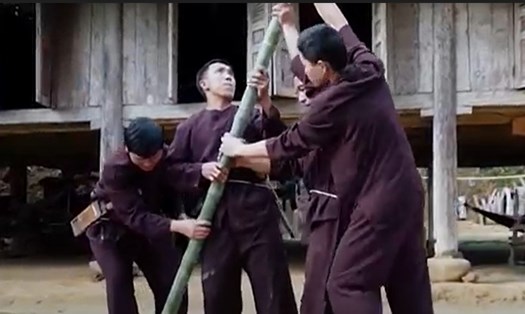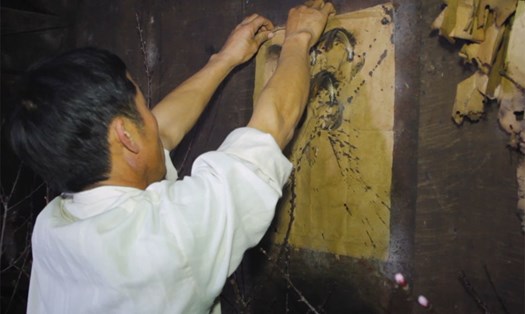The locality's hundreds of-year-old tradition is called Takanakuy, which in Quechua means fighting. This strange custom is described as the "forest law", for people to resolve family conflicts, affection or land disputes by holding a fist between the cheers of the crowd and the singing of courage, love...
Each match always has one person from the judicial organization in the Peruvian Andes community to supervise and intervene when necessary. "Batter" players are only allowed to punch and kick with their hands or feet. biting, pulling hair or using weapons are all prohibited. A match will stop immediately if one of the two players is bleeding, falls or cannot defend.
Traditionally, Takanakuy takes place on December 25 every year in Santo Tomas, the capital of Chumbivilcas province. This year the festival has 40 matches, each lasting 2 minutes, according to La Republica - a local newspaper that broadcasts live the matches. People from all over the region can register for Takanakuy, regardless of age, size, gender or woman.
But the year-end festival of the people of Chumbivilcas region does not only revolve around violence. Fighting is just the beginning of celebrations, wish wishes and other traditional rituals. And when the matches ended, the "fighting" players hugged each other, smiled and shook hands to erase all anger and misunderstandings. They will go home together to eat and drink to forget the pain of the match, ready to welcome a happy new year.
No one is sure where Takanakuy originated or when it was born. The goal that people aim for is to handle disagreements in daily life, thereby becoming more connected with each other. This tradition is an opportunity for people to release all their anger and avoid stress in the upcoming year.
Takanakuy does not reflect the daily lifestyle of the local people. Odi Gonzales, professor of Quechua culture and language at New York University, said Quechua rarely carry out explosive violence. Even in matches, the "battlers" rarely attack too strongly.



